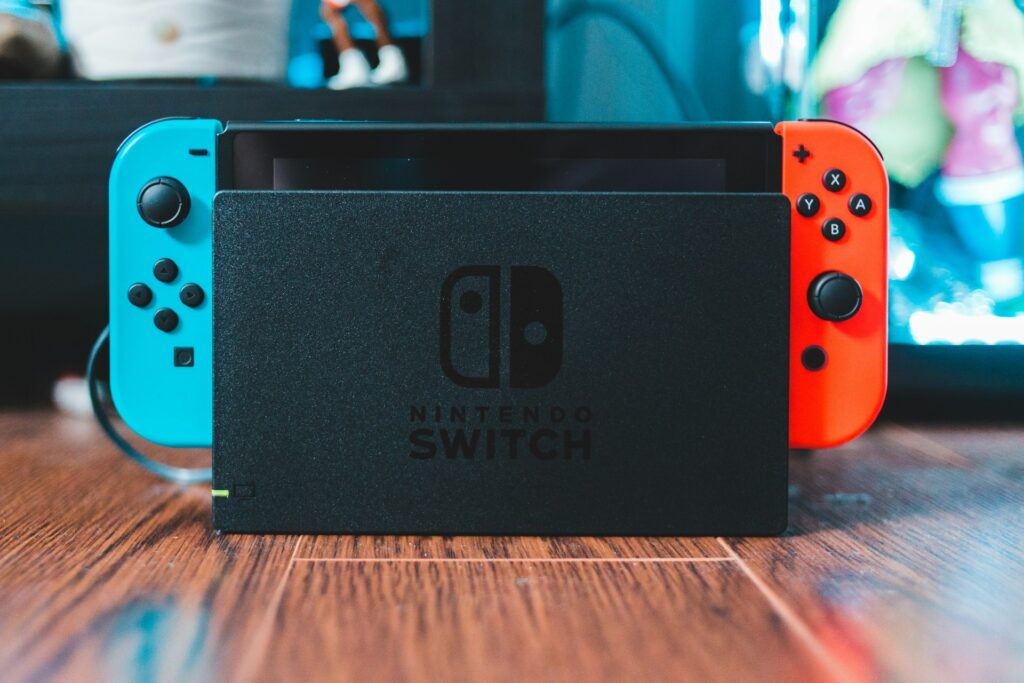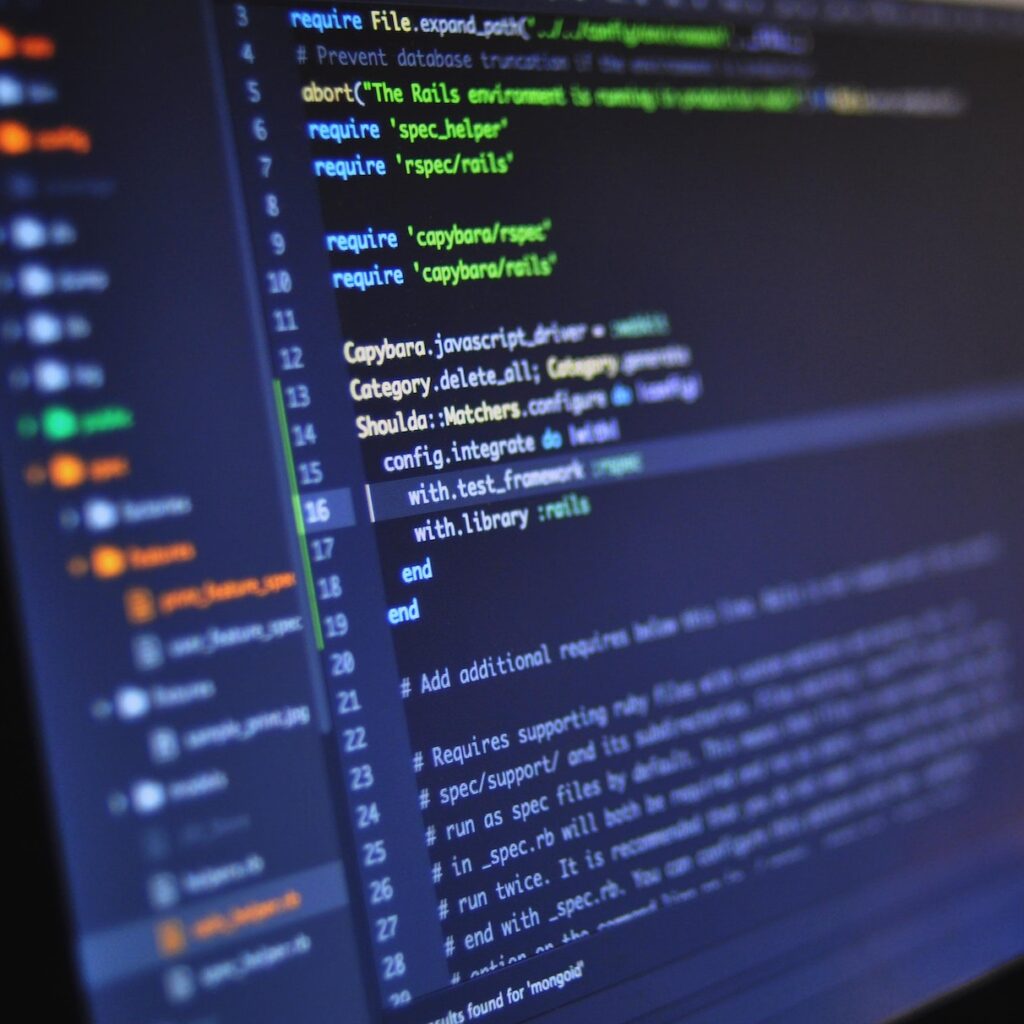Oh, the Nintendo Switch, the tiny handheld console that took the gaming world by storm. This powerhouse became one of Nintendo’s biggest hits, having sold over 141 million units as of March 2024. With many universally acclaimed and exclusive titles, like Zelda: Breath of the Wild and Animal Crossing: New Horizons, these numbers are not that surprising!
Now, if you’re anything like us, you’ve probably asked yourself how to develop games for Nintendo Switch, but finding solid info on the process can be tricky. Well, fear not – this article will give you an overview of the Switch game development process.
Let’s-a go!
And don’t miss: Super Mario Bros. Wonder is the top-grossing platformer on Switch
How to develop games for Nintendo Switch: first steps

Developing games for Nintendo Switch requires first and foremost an account on Nintendo’s developer portal. It’s not as simple as signing up for a new email, though – you’ll have to fill out a registration form with some key information about you and your development plans.
Once that’s done, you’ll need to sign in, accept their Non-Disclosure Agreement (NDA), and agree to the Terms of Service. Remember that getting access to Nintendo Switch-specific info requires a separate application after this initial registration, after which you can access their platform SDKs (Software Development Kits), developer support, and other key resources.
Sounds deceptively simple, right? Well, Nintendo’s approval process is pretty rigorous. They’re not handing out developer status to just anyone who asks. If you’re a first-time developer, you might find it tough to get accepted.
The company typically looks for developers with a proven track record – maybe a successful game on another platform that you’re looking to port to Switch, or if you’re working with a trusted publisher. It’s not impossible for newcomers, but it’s a steep uphill battle.
After you’re in, Nintendo provides extensive documentation to help you develop your game. If you hit a snag, there are forums where you can ask for help from other developers and experts, though they’re not publicly available.
Leverage Nintendo Switch’s development tools

With that out of the way, let’s talk about Switch’s devkit – short for development kit, it’s a specialized piece of hardware designed specifically for game developers. After being approved by Nintendo, these professionals must purchase these devices directly from them.
The Switch devkit typically packs more powerful hardware than the consumer-grade handheld console, which is crucial for the development and optimization processes. This extra horsepower lets developers run unoptimized code, test numerous performance scenarios, and ensure their games run smoothly on the final, less powerful retail devices.
Alongside the devkit, developers get access to the SDK, a collection of software tools, libraries, documentation, code samples, and APIs necessary for developing games for the Nintendo Switch.
It boosts developers with the necessary resources to interact with the Switch’s hardware, implement platform-specific features, and optimize their games for the console’s unique capabilities, like the Joy-Con controllers and the ability to switch between handheld and docked modes. They also ensure games meet Nintendo’s performance and quality standards.
Together, the devkit and SDK form the backbone of Nintendo Switch game development – or any other closed-source console. Nintendo continually updates these tools to provide developers with the latest features and optimizations, helping them create the best games for this beloved gaming platform.
Understanding the game development pipeline
Below, we’ll provide an overview of the generic game development process. You can learn more about it by reading our other article!
Game design: laying the foundation
Every great game, Switch or otherwise, starts with a solid plan.
In the design phase, you’ll flesh out your game’s concept, storyline, and core mechanics. This is where you decide what makes your game unique and fun. For a Switch game, you’ll need to consider how players interact with it in handheld and docked modes.
Will you use motion controls? Touch-screen features? Anything else that is specific to the platform? There are important questions to answer as soon as you can.
Next, you’ll create the game design document, the GDD. If you’re unfamiliar with the term, these are blueprints for your game, outlining everything from character designs and your game’s story to progression systems and level layouts.
You’ll also start working on a prototype. This is a bare-bones version of your game that lets you test out your main ideas. It doesn’t need to look pretty (in fact, many prototypes use unfinished, placeholder, or even free assets collected all over the internet), but it should give you a feel for how your game will play.
In this phase, once again, consider the Switch’s unique features. Maybe your game could cleverly use the Joy-Con’s rumble, or you could design levels that look gorgeous on both the Switch’s screen and on a big TV.
If applicable, will your game have replay value? Switch games often shine in short play sessions, perfect for commutes or quick breaks. Can you add features that encourage players to come back? Achievements, unlockable content, multiplayer modes, new ways to play the game, and so on can make games more appealing to the right audience.
The more you think about these things now, the smoother your development process should be down the line.
Development: bringing your game to life
Now it’s time to roll up your sleeves and start building. This is where your programming team will set up the game’s infrastructure and start coding its core systems. They’ll use the Switch SDK to ensure everything works as intended with the console’s hardware. Meanwhile, artists will get busy creating assets (including everything from character models to UI and sound elements).
As you progress, keep in mind the Switch’s hardware limitations. As a handheld device, it’s not as powerful as other consoles or PCs, so you’ll need to be very aggressive with your optimizations.

This usually means using simpler graphics or finding clever ways to reduce processing load, but don’t worry: many great Switch games have worked around these limitations and created truly gorgeous experiences.
Additionally, pay attention to load times. Some players like to jump in and out of games quickly, so long load screens might be a turn-off. Try to design and compartmentalize your levels or game world in a way that allows for quick loading.
Testing: polishing your game to perfection
As you develop your game, don’t forget to test every feature and how everything interacts with other game features to ensure everything works as intended.
For Switch specifically, pay close attention to how quickly your game drains the device’s battery in handheld mode. If it’s too power-hungry, you might need to find ways to reduce its energy consumption. This often means simplifying background processes or offering a “battery saver” mode.
Finally, don’t forget about localization testing if you plan on releasing in multiple regions. The Switch is popular worldwide, so making sure your game works well in different languages can greatly expand your potential audience. Yes, this also means ensuring cultural references are appropriate and that the user interface (UI) can handle different character sets!
After development: bringing your Switch game to the market
Once your game is polished and ready, it’s time to prepare for release. This involves signing a publishing agreement with Nintendo, obtaining age ratings from relevant organizations, and submitting your game for Nintendo’s review. This process ensures your creation meets the company’s standards for quality and safety, so you better keep Nintendo’s guidelines in mind throughout development!
With approval secured, you’ll submit promotional materials for your game’s eShop page. After launch, Nintendo will provide tools for post-launch support, which may include updates (for fixes or more content), downloadable content (DLCs), and price promotions. This ongoing support can help maintain player interest and address any issues arising after release.

How to develop games for Nintendo Switch: conclusion
As seen above, developing games for the Nintendo Switch is an exciting, but challenging journey. You’ll face gauntlets ranging from getting the company’s nod of approval to making your game optimized and polished on the Switch’s unique hardware.
Still, never forget how every great game starts with a few lines of code (or sketchy concept art if you’re more of a visual person), so don’t let these hurdles scare you from pursuing the dream of developing games for Nintendo Switch. With passion and persistence (and maybe a power star), you could be the mind behind the console’s next hit!
Otherwise, if you’re inspired to bring your game ideas to life, but feel overwhelmed by the extensive development process, we at Main Leaf are here to help. With over a decade of experience creating games for numerous platforms (like mobile, PC, and consoles), we have the expertise to build the game of your dreams one line of code or asset at a time.
Contact us today to learn more about our services and what we can do for you! We’ll give you a response within 24 hours at most.

